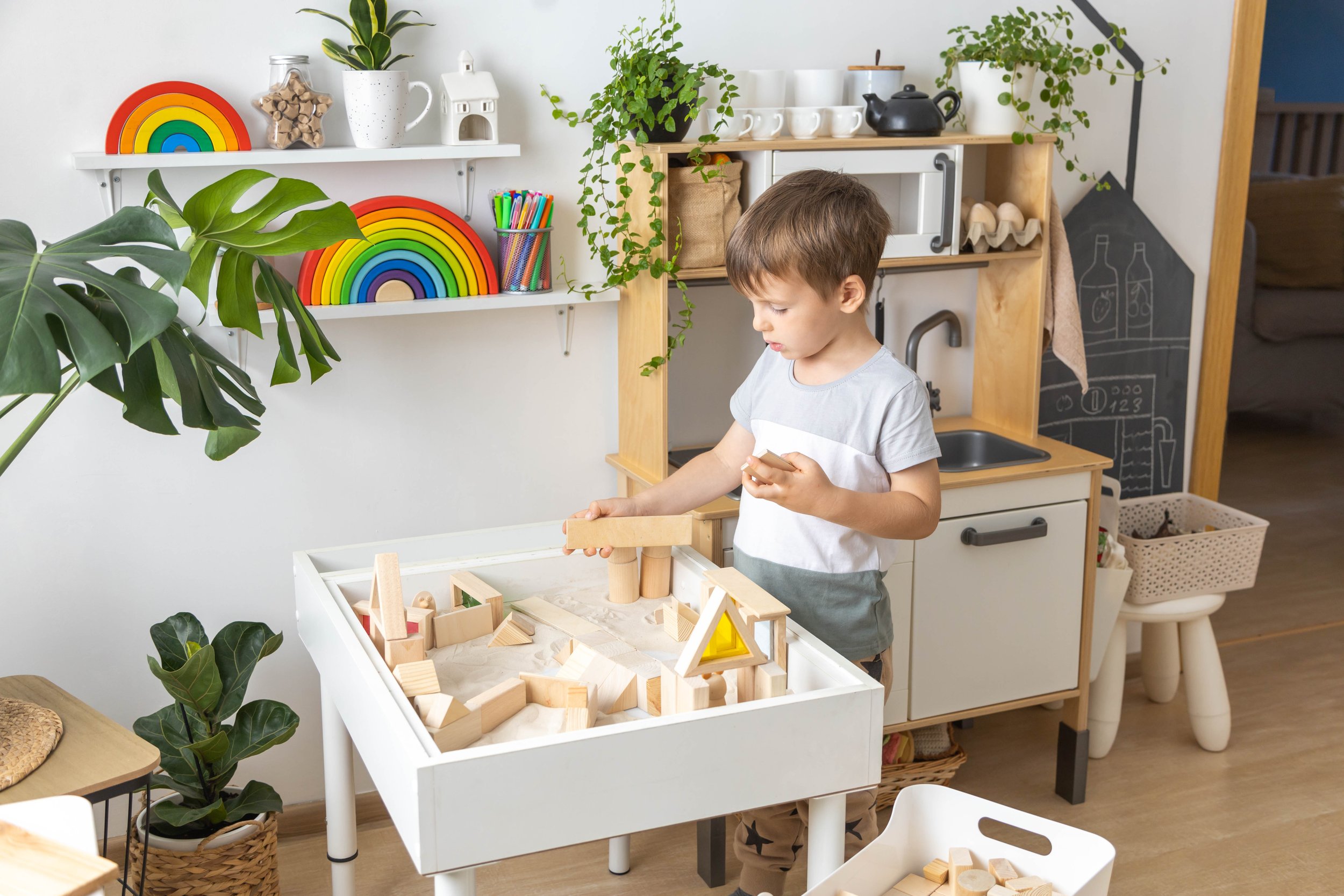How to Design a Playroom That Grows With Your Kids
A well-designed playroom is more than just a space for toys—it’s a place for creativity, learning, and fun.
However, children grow quickly, and their interests change just as fast.
If you want a playroom that remains functional and enjoyable for years to come, you’ll need to design it with flexibility in mind. Here’s how to create a playroom that adapts as your kids grow.
1. Start with a Neutral Foundation
While it may be tempting to decorate with bright colors and cartoon themes, these choices can quickly become outdated as your child’s tastes evolve. Instead, opt for a neutral base with timeless colors for walls, flooring, and furniture.
Soft grays, whites, and pastels create a calm and inviting atmosphere while allowing you to introduce pops of color through accessories like rugs, wall decals, and storage bins.
Consider using removable wallpaper or wall decals if your child has a favorite character or theme. These can easily be swapped out as their interests change without requiring a complete makeover.
2. Invest in Versatile Furniture
Choosing the right furniture is key to a playroom that grows with your child. Look for multi-functional and adjustable pieces that can adapt to different stages of childhood.
Adjustable tables and chairs – A small craft table can transition into a study space with the right seating adjustments.
Storage that evolves – Cubby shelves with removable bins are great for organizing toys and can later be used for books, school supplies, or hobby materials.
Convertible seating – A cushioned play mat can later serve as a reading nook, and a small sofa can accommodate kids and teens alike.
By investing in furniture that serves multiple purposes, you’ll save money in the long run and maintain a space that remains functional over time.
3. Create Zones for Different Activities
A playroom should encourage various activities, from imaginative play to quiet reading.
By dividing the space into designated zones, you can create an environment that supports both fun and learning.
Imaginative Play Area – Include a small play kitchen, a dollhouse, or a dress-up station for creative exploration.
Reading Nook – A cozy corner with bookshelves and bean bags makes it easy for kids to unwind with their favorite stories.
Art and Craft Space – A child-friendly desk or table with storage for art supplies encourages creativity.
Active Play Section – If space allows, include an indoor climbing structure, play tunnel, or balance board for movement-based play.
As your child grows, these zones can be adjusted to suit their evolving interests and needs.
4. Prioritize Smart Storage Solutions
A clutter-free playroom makes it easier for kids to find what they need and keeps the space organized. Use storage solutions that are both accessible and adaptable:
Labeled bins and baskets – Teach kids organization skills by using clear labels or pictures to categorize toys.
Wall-mounted shelves – These can hold everything from board books to trophies as your child’s interests shift.
Under-bed or bench storage – Maximize space by using hidden storage for items that aren’t used daily.
Having an organized system in place helps transition the space from a toddler’s toy haven to a pre-teen’s functional retreat.
5. Make It Easy to Update
A flexible playroom should be designed in a way that allows for easy updates without a complete overhaul. A few simple strategies include:
Rotating toys and decor – Keep the space fresh by swapping out toys, books, and decor seasonally or as interests change.
Adding growth-friendly decor – Chalkboard walls, pegboards, and pinboards allow kids to personalize their space over time.
Incorporating age-appropriate lighting – Use adjustable lighting solutions, such as dimmable lamps or string lights, to create the right ambiance at any stage.
Ready, Set, Play!
Designing a playroom that grows with your kids requires a balance of fun, function, and flexibility.
By starting with a neutral foundation, investing in versatile furniture, creating adaptable zones, implementing smart storage solutions, and making updates easy, you can ensure the space remains relevant and useful for years to come.
With these thoughtful design choices, your playroom will evolve seamlessly from early childhood through the teenage years, providing a space that inspires creativity, learning, and play at every stage.

